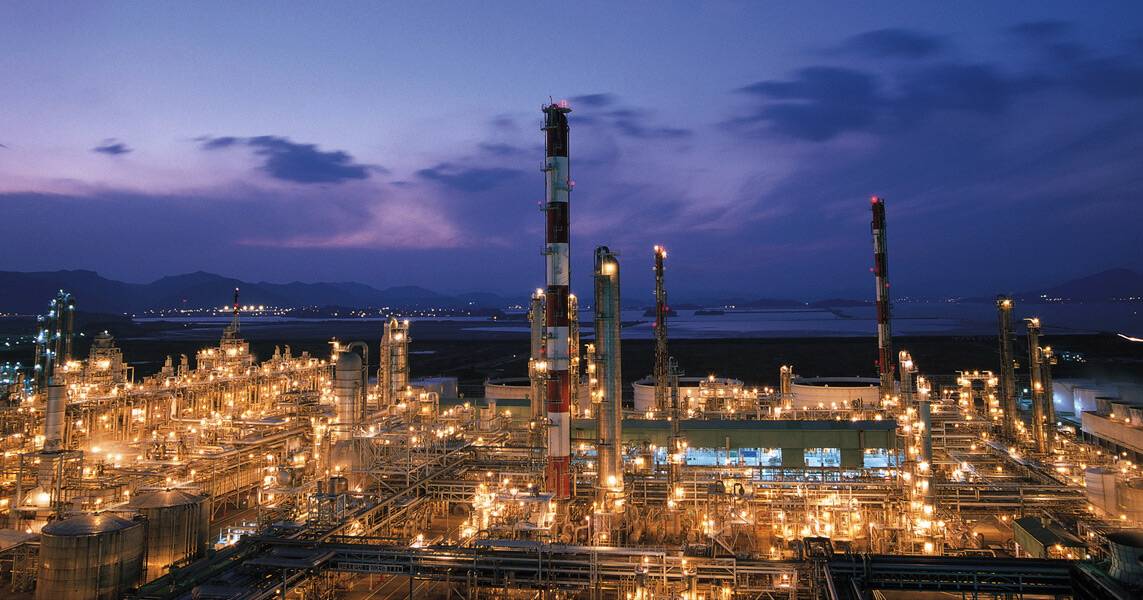Jul . 28, 2024 16:55 Back to list
Innovative Plastic Rebar Caps for Enhanced Safety and Efficiency in Construction Projects
The Emergence of Plastic Rebar Caps A Sustainable Solution for Construction
In the construction industry, safety and efficiency are paramount. Among the myriad of materials used in building, rebar—short for reinforcing bar—plays a critical role in providing structural support to concrete. However, exposed rebar can pose serious safety hazards, particularly at construction sites. This is where plastic rebar caps come into play, emerging as an innovative solution designed to address both safety and environmental concerns.
Understanding the Need for Rebar Caps
Reinforcing bars are typically made of steel and are used to enhance the tensile strength of concrete structures. Unfortunately, when these bars are cut or left protruding during construction, they can create dangerous conditions. Workers on-site are at risk of injury from accidental falls or impalement, which underscores the critical need for protective measures. Traditionally, metal caps have been used to cover exposed rebar, but they come with their own set of disadvantages, including rusting and higher production costs.
The Advantages of Plastic Rebar Caps
Plastic rebar caps offer several significant advantages over their metal counterparts. Firstly, they are lightweight and easy to handle, improving usability for construction workers. The lightweight nature of plastic also translates to lower shipping costs and reduced environmental impact during transportation.
Secondly, plastic caps are resistant to corrosion, which enhances their durability and longevity. Unlike metal caps, which can rust over time when exposed to moisture, plastic caps retain their integrity, ensuring continued safety and effectiveness throughout the construction period. This longevity also contributes to cost-effectiveness, as construction companies do not need to replace plastic caps as frequently.
plastic rebar caps

Furthermore, plastic rebar caps are available in various bright colors, which enhances visibility on job sites. This feature significantly improves safety, as the caps are easily noticeable, helping to prevent accidents and injuries. A brightly colored cap can serve as a warning sign, alerting workers to the presence of exposed rebar.
Environmental Considerations
As construction practices evolve, sustainability has become a critical focus. The shift toward environmentally friendly materials is essential not only for compliance with regulations but also for enhancing the overall sustainability of building practices. Many plastic rebar caps are now made from recycled materials or are recyclable themselves, making them an eco-friendly option. This aligns well with the growing emphasis on reducing waste and carbon footprints in construction.
Additionally, the production of plastic rebar caps can generate lower emissions compared to metal components, further bolstering their position as a sustainable choice within the industry. Companies that prioritize green materials often find that incorporating products like plastic rebar caps enhances their reputation and can even attract clients who are environmentally conscious.
Conclusion
The adoption of plastic rebar caps in the construction industry signifies a positive shift toward improved safety and sustainability. By mitigating hazards posed by exposed rebar and offering a durable, cost-effective, and eco-friendly solution, these caps represent a crucial innovation. As construction continues to evolve, embracing products that prioritize safety and environmental responsibility will be paramount. Ultimately, plastic rebar caps may not only save costs and enhance workplace safety but also contribute to the goal of a greener, more sustainable construction industry. As the trends in construction materials evolve, one thing is clear plastic rebar caps are a step forward in creating safer and more efficient job sites worldwide.
-
Y Type Strainer Maintains System Efficiency Long TermNewsJul.15,2025
-
Valve Selection Guide for Industrial ApplicationsNewsJul.15,2025
-
Steel Fab Table Provides Durable Work Surface for WeldingNewsJul.15,2025
-
Pad Iron Provides Stable Support for Heavy MachineryNewsJul.15,2025
-
One Inch Check Valve Fits Standard Plumbing SystemsNewsJul.15,2025
-
Measuring Micrometer Ensures Precise Dimensional AccuracyNewsJul.15,2025
Related PRODUCTS









